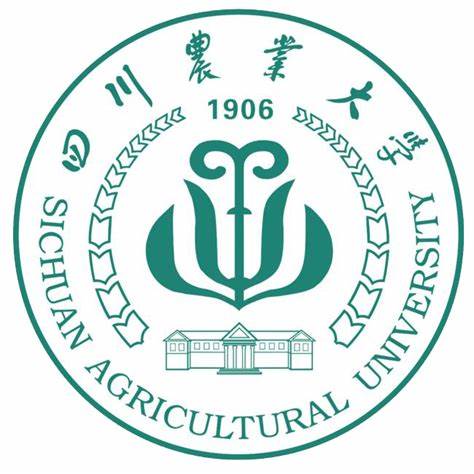Allopolyploidy and Interspecific Hybridization for Wheat Improvement
作者: 审稿人:小麦研究所 时间: 2018-07-23 点击次数:次
Dengcai Liu*, Ming Hao, Aili Li, Lianquan Zhang, Youliang Zheng and Long Mao. Allopolyploidy and interspecific hybridization for wheat improvement. In Polyploidy and interspecific hybridization in crop improvement (pp. 27-52). CRC Press/ Taylor & Francis Group, 2016.
ABSTRACT
Triticeae is a big tribe with a large number of species,including important cereal crops common wheat,durum wheat, barley, rye, and triticale. Interspecific hybridization and allopolyploidy have played important roles in Triticeae speciation and evolution. Common wheat has a highly heterogeneous and plastic genome structure that is the product of two allopolyploidization events involving the A, B, and D genomes. The ancestral lineages of the three genomes are also thought to contain ancestral hybridization events between diploid species. Hence, common wheat is an important model system for investigation of biological mechanisms and genetic systems related to interspecific hybridization. As well, artificial allopolyploids and interspecific hybrids have been widely used incommon wheat improvement. The donor species of common wheat have been successfully used to enhance genetic diversity of common wheat through homologous recombination. However, most species in the Triticeae are wild species that do not share homologous genomes with wheat. A beneficial trait from a wild species can be used in wheat breeding via a collinear translocation between homoeologous chromosomes. However, it is cumbersome to develop a collinear translocation that contains target genes but not undesirable linked genes. To date, only a few wheat-alien homoeologous translocations have been successfully used in commercial cultivars. The utilization of highthroughput technologies in identification of alien introgressions will accelerate identification and tracking of tiny introgressions. In future, more and more small introgressions without linkage dragare expected to be used as operational modules in wheat breeding.


